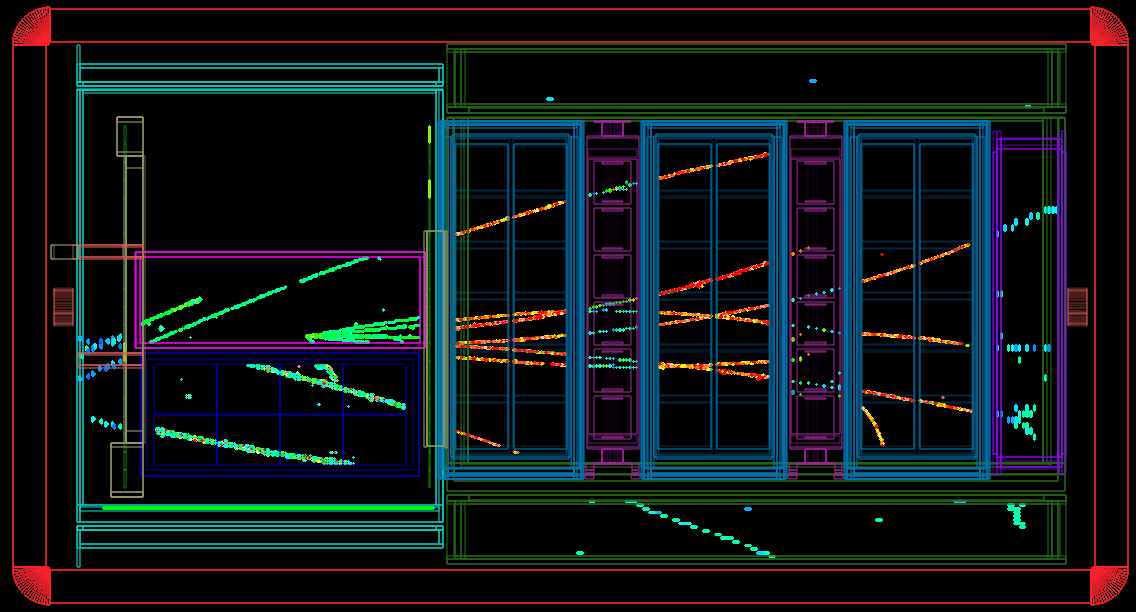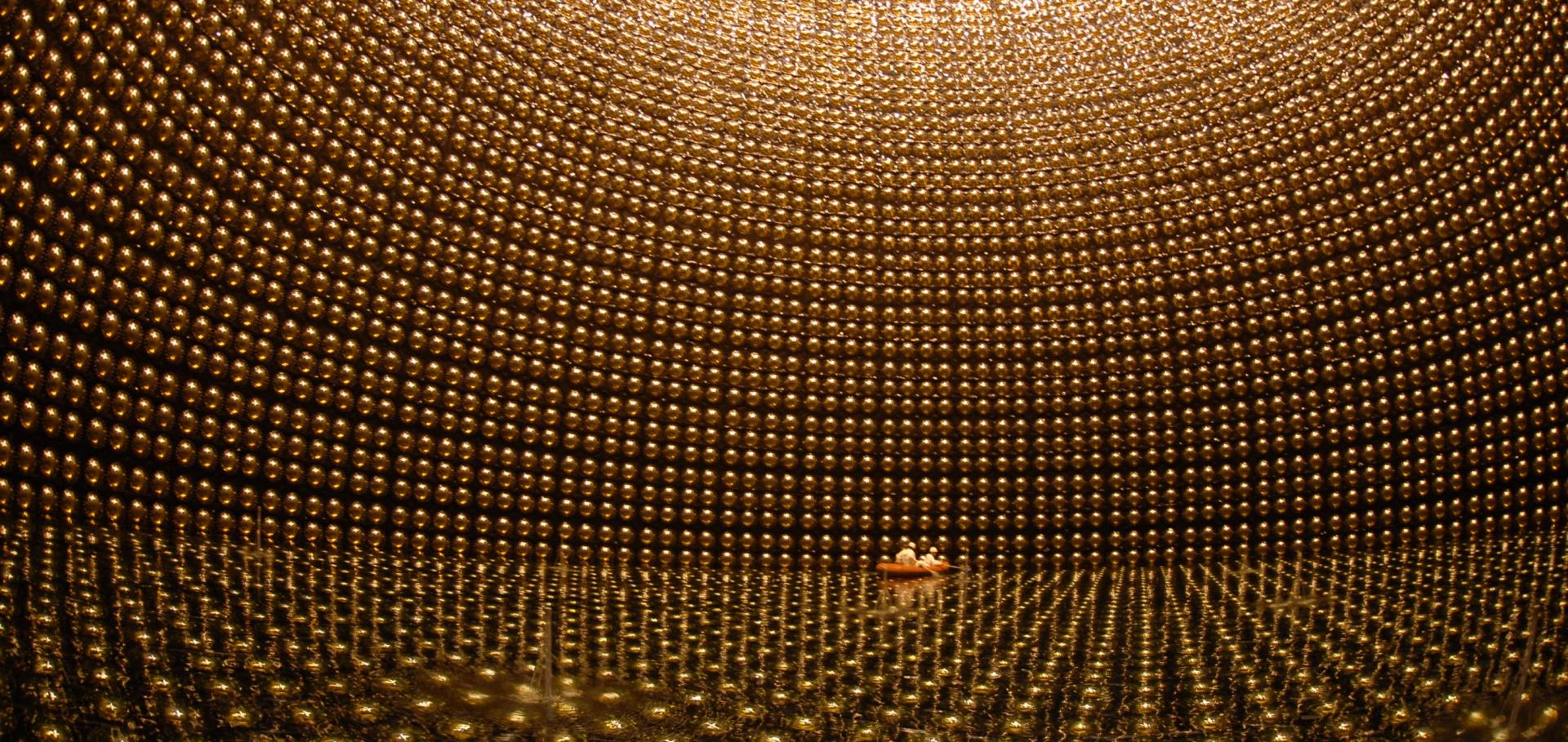I am a postdoctoral researcher in neutrino oscillation physics at Oxford, working on the currently running Tokai-to-Kamioka (T2K) experiment, and the future Hyper-Kamiokande (HK) experiment. I co-lead T2K's oscillation analysis, which has the strongest constraint on multiple neutrino oscillation parameters amongst the single experiments, including the CP violating phase. Measuring the CP violating phase, may elucidate the matter/anti-matter asymmetry of the universe. I have studied the impact of the near detector, which measures the neutrinos before their oscillations, and constrains the uncertainties in the oscillation analysis from 10-20% to 3-5%.
I co-lead the joint oscillation analysis between T2K's beam and SK's atmospheric neutrino events, which is pioneering joint fits between experiments by sharing systematic uncertainties to better understand neutrino oscillations. For example, using T2K's near-detector data to better understand SK's atmospheric events. The analysis has produced the strongest constraints on CP violation in neutrino oscillations in recent years, consistent with T2K's results published in Nature.
I am also working on the data acquisition and monitoring of the T2K near detectors, including commissioning the upgraded near detector. The upgraded detector will measure neutrino interactions for oscillation analyses to an unprecedented precision, which is critical for the success of the next generation experiment in Japan, Hyper-Kamiokande. An energetic neutrino event in the upgraded detector is shown below, where a neutrino interacts in the Super Fine Grained Detector, SFGD (purple box, left side), with outgoing particles traversing most of the detector.

I am actively involved in the neutrino interaction theory and generator communities. I am a co-author of the NUISANCE framework, which is an open-source tool to compare and fit neutrino interaction generators to each other and external data, now used by the majority of GeV-scale neutrino experiments. I am particularly fond of single pion production, convene its measurement group on T2K, and have implemented new models and tuned them to existing data. I have the pleasure of being a board member of the Neutrino Scattering Theory-Experiment Collaboration (NuSTEC), convening the schools and workshops group, and have organised workshops and conferences like NuXTract, NuInt, and the NuSTEC interaction summer school.
I have a deep interest in GPU and multi-threaded acceleration of physics analyses, having implemented both in the context of a Bayesian Markov Chain Monte Carlo neutrino oscillation analysis, supported by NVIDIA. You'll occasionally find me tinkering with micro-controllers and raspberry pis, but those are mostly hobbies.
 In the past, I was a Robert Marshak postdoctoral research fellow at the University of Rochester, working on the T2K, DUNE, and MINERvA experiments whilst at Fermilab and living in Chicago. Aside from working on the analysis, I also wrote a visiting blog article for Nature when we landed on its front cover. On DUNE, I worked on interaction modelling, the oscillation analysis, and the reconstruction and simulation of The Muon Spectrometer (TMS) near detector. I led the disassembly of the MINERvA detector, repurposing it as a tracker for the ArgonCube 2x2 tests at Fermilab, which will study the performance of the novel segmented liquid argon detector design in a neutrino beam.
In the past, I was a Robert Marshak postdoctoral research fellow at the University of Rochester, working on the T2K, DUNE, and MINERvA experiments whilst at Fermilab and living in Chicago. Aside from working on the analysis, I also wrote a visiting blog article for Nature when we landed on its front cover. On DUNE, I worked on interaction modelling, the oscillation analysis, and the reconstruction and simulation of The Muon Spectrometer (TMS) near detector. I led the disassembly of the MINERvA detector, repurposing it as a tracker for the ArgonCube 2x2 tests at Fermilab, which will study the performance of the novel segmented liquid argon detector design in a neutrino beam.
I finished my PhD in 2018 from Imperial College London, with a thesis on minimising the impact of neutrino interaction modelling on the T2K experiment. Before that, I did my undergraduate degree at University College London, with a project on global fits of neutrino oscillation data.
If any of this sounds interesting and you want to know more, just drop by my office in room 666a in the Denys Wilkinson Building on Keble Rd, or shoot me an email.


